Velociraptor
Name Origin
Swift Thief
Family
Dromaeosauridae
Classification
Reptilia, Saurischia, Theropoda
Habitat (Discovery Location)
Mongolia, China
Period
Approximately 70 to 65 million years ago (Late Cretaceous)
Length
Approximately 2 meters
Weight
Approximately 15 kilograms
Diet
Carnivore (Meat-eater)
 Jurassic
Jurassic
Park / World Featured Dinosaur
Appearance in Jurassic Park
The Jurassic Park facility held four Velociraptors in containment. One was a newborn, but the other three—Kim, Randy, and "The Big One"—were fully grown adults.
Their danger level was extremely high, to the point that the park warden, Muldoon, noted, "They'll be out of control in eight months." They were sealed within a separate, maximum-security enclosure away from the main park, secured by high-voltage electric fences.
However, when Dennis Nedry's hacking caused a park-wide system failure, all power was temporarily shut down during the reboot attempt. In that instant, the raptors finally managed to escape their paddock.
Once free, they immediately demonstrated their high intelligence and ferocious instincts. They first hunted down and killed Ray Arnold, who was heading to the maintenance shed to restore the systems. Next, they hunted their own keeper, Muldoon. The scene where they kill Muldoon, in particular, demonstrated their advanced tactics: one raptor acted as a decoy from the front to draw his attention, while the other ambushed him from the side.
Even before they appeared on screen, they were established as highly intelligent dinosaurs (as confirmed by Dr. Grant). This was proven in a famous scene where one raptor figures out how to open a kitchen door simply by manipulating the handle.
They eventually chased Dr. Grant's group to the Visitor Center, cornering them in a desperate, seemingly inescapable situation.Appearance in The Lost World: Jurassic Park
The Velociraptors in The Lost World: Jurassic Park feature a new design, changing from the gray coloration of the first film to a brownish-tan hide with black vertical stripes. This appearance is notably closer to their description in the original novel.
They appear to have established their territory in the island's interior, specifically in the tall grass and vegetation surrounding the InGen compound. In this film, they are once again portrayed as the deadliest dinosaurs, using their sharp claws and high agility to kill the most humans on-screen. The scene where they ambush the InGen hunters who trespassed into their territory, slaughtering most of them without mercy, strongly reinforces their vicious nature.
However, their intelligence is portrayed as significantly diminished in this installment. They are incapable of the intelligent behaviors seen in the first film, such as opening doors, and are shown failing to open the doors of the vehicle and building that Dr. Malcolm hides in. Their behavior emphasizes instinct over intellect, such as trying to smash through obstacles in frustration, or instantly turning on each other and fighting aggressively after Dr. Sarah Harding's strategy causes them to collide.Appearance in Jurassic Park III
The design of the Velociraptors was significantly changed for this film. Despite being the same Isla Sorna population, their appearance is drastically different from those seen in The Lost World: Jurassic Park. Clear sexual dimorphism (differences between males and females) is also visible, though the reason for these changes is never explained in the movie.
In this film, after first appearing in Dr. Alan Grant's nightmare, the Isla Sorna raptor pack makes its proper debut. Similar to the previous film, they have established their territory around the ruins of the InGen compound, and they attack Grant's group when they enter it.
However, their relentless pursuit in this film is driven not merely by hunting instinct, but by a clear motivation: to retrieve their stolen eggs, which one of the humans (Billy) had taken.
Their behavior suggests a highly advanced social structure, with a pack of males following a single alpha female. They are depicted as having a particularly strong pack bond—more so than any raptors in the series—shown by their ability to gather when a member calls for help and their intense, focused pursuit of those who stole their eggs.
Their intelligence is depicted as being even greater than before, shown in a cunning scene where they use an injured pack member as "live bait" in an attempt to lure the humans into a trap.
While their scene sprinting through the grassland is memorable, their official speed is stated as 65-72 km/h, which is surprisingly slower than the raptors from the first film (who were clocked at 100 km/h).
In the film's climax, after Dr. Grant returns their eggs, the raptors become confused by his imitation of their calls and finally depart, leaving the survivors.
Furthermore, according to later official lore (the DinoTracker website), this Isla Sorna pack successfully made it to the mainland, where their survival has been confirmed.Appearance in Jurassic World
The biggest feature of this film, setting it apart from previous installments, is the introduction of specific individuals that have been highly trained by humans.
The film features four Velociraptors that, due to their ferocious nature, are not part of the public park display and are kept under strict human supervision. Their official designation is "The Raptor Squad." They are four sisters raised by Owen Grady, who was studying their behavior, and are named Blue (the eldest), Delta (second), Echo (third), and Charlie (fourth). Because Owen raised them from hatchlings, they are like daughters to him, and they have been trained to trust humans. They are depicted as highly intelligent animals that understand and execute their handler's commands.
Their names are derived from the English letters B, C, D, and E. With the exception of Blue, their names are a double-meaning, combining the NATO phonetic alphabet with the animal hierarchy ranking (an ecological term) used in pack structures. The actual hierarchy is B (Blue), D (Delta), E (Echo), and C (Charlie), which differs from the standard alphabet (Owen, as the alpha, is A).
According to the Masrani Global website, they were created for the "IBRIS Project" (Integrated Behavioral Raptor Intelligence Study), which began in 2012 to study Velociraptor intelligence. The raptors' combat abilities and capacity to understand commands caught the attention of InGen's Hoskins, who sought to weaponize the dinosaurs.
Another raptor, designated "V-2," was also created, initially making them five sisters. However, V-2 was deemed too aggressive and dangerous and was euthanized. Many other Velociraptors were also created for this project in 2013 but died for various reasons.
Through genetic engineering and combat training, their combat abilities are enhanced beyond those of the individuals in previous films. In addition to their intelligence, they are able to recognize and obey commands from their trainer, Owen.
Midway through the film, they are dispatched with Owen on a mission to hunt the escaped hybrid dinosaur, the Indominus rex.
(Note: As with other films in the series, the Velociraptors are modeled not on the actual Velociraptor species, but on larger relatives such as Deinonychus.)
Blue
Blue is the most important dinosaur in the World trilogy and is central to the plot, appearing in every major incident involving Owen.
Blue is the eldest of the four raptor sisters and the pack's Beta (the leader in Owen's absence). She is characterized by her gray coloration and the iridescent blue stripes running down her back, from which her name is derived. As her sisters' names are based on the NATO phonetic alphabet for their hierarchy, Blue's name should have been "Bravo." However, she was given the unique name "Blue" based on her coloration. She was created using DNA from a Black-throated monitor and a Nile monitor, giving her the beautiful blue-silver pattern.
Owen describes her as a "troublemaker" and "a pain in the ass," but she is the most loyal and affectionate toward Owen, obeying his commands and approaching him with concern when he shows signs of distress. She demonstrates a deep bond with those she trusts. Owen, in turn, trusts her completely, and their relationship is truly that of a parent and child across species.
As she matured and grew larger than Owen, she sometimes became temperamental, as if going through a rebellious phase, but she still understood and listened to Owen's commands.
To reinforce the hierarchy, Owen (the Alpha) always feeds Blue last. (The meat is given starting with Charlie, the youngest, and moving "up the ranks.") The food itself also differs; while her sisters are given cuts of meat, Blue is given a whole rat.
At the time the park opened, she lived with her sisters in a specialized enclosure called the "Raptor Research Arena," located on the edge of the island, partly due to the problems caused by previous raptors on the island. They lived peacefully until the Indominus rex escaped, changing their situation completely.
After the ACU (Asset Containment Unit) was wiped out and the Indominus was deemed uncontrollable by human forces, the raptors were deployed on a hunt, as proposed by Hoskins. However, the Indominus had raptor DNA incorporated into it, allowing it to communicate with them in the field. Stressed from being forcibly deployed, the raptors turned to Owen for confirmation. Hoskins' private security team misinterpreted this as a sign of betrayal and opened fire. Shocked that the humans were shooting at them, the raptors believed they had been betrayed. (This twist was foreshadowed earlier when a new security guard tried to shoot Blue, only for Owen to stop him, warning, "You shoot her, and that trust is gone.")
This act turned Blue and her pack against the humans. Fueled by revenge for the death of their youngest sister, Charlie, they turned on the strike team and killed most of them.
Blue even attacks Barry, one of her handlers, but switches targets when Owen acts as a decoy. She, Delta, and Echo corner Owen on the Main Street but hesitate when Owen calmly stands his ground. (Notably, even after turning on the humans, the raptors never attack Owen himself.) After Owen removes the head-mounted camera from her, they reconcile, only for the Indominus to appear.
Blue bravely attacks the Indominus but is swatted aside and knocked unconscious. The remaining sisters, Delta and Echo, are also killed, and even the T-Rex, "Rexy," is put on the defensive. However, Blue was not dead, merely knocked out. With a raptor call, she leaps onto the Indominus again, inadvertently creating an opening for Rexy to counter-attack. From that point, Blue and Rexy fight as a team. Blue demonstrates her incredible ability, climbing and running along the Indominus's body as she attacks. Caught between the two, the Indominus is forced to the edge of the park's lagoon, where the Mosasaurus leaps out and delivers the final blow.
After the Indominus is defeated, Blue is the last surviving member of her pack, a tragedy that leaves her alone. Rexy gives Blue a brief glance before walking away from the humans. Blue looks at Owen. Owen, implying she should be free on the island, slowly shakes his head "no." Blue seems to understand his intent. She gives him one last, lingering look and runs off in the opposite direction from Rexy.
Blue possesses empathy for her pack and the leadership skills to command other raptors, which is why Dr. Henry Wu is also focused on her valuable DNA. While the raptors of the previous films were portrayed as 'absolute evil,' the four raptor sisters in this film are tragic figures manipulated by human ambitions. Even the "barking" call used to summon the pack, which was a sound of terror in the original films, gives the audience a completely different impression in this installment.
Delta
Delta is the second-eldest of the four raptor sisters and the pack's subleader. She was originally the third-born, but was promoted to the second position after the original second-born, "V-2," was euthanized.
Her coloration is a distinct blue-green, similar to her sister Charlie. While her sisters have more reptilian DNA, Delta inherited more avian genes, resulting in bird-like movements. This genetic trait also results in her slightly darker green color, distinguishing her from Charlie, though they are difficult to tell apart in the film's dark scenes.
She is extremely loyal to the pack leader, Blue. In the film, she is frequently seen exchanging looks with Blue or glancing at her for commands, showing she is the most subservient to Blue of the four. At the same time, she is wary of unfamiliar humans. Midway through the film, when Hoskins attempts to pet her, she reacts with obvious displeasure and a low growl.
During the climax, Delta attacks and kills an ACU trooper in the back of a truck. She and Echo then pursue the truck but are repelled by an electric shock delivered by Zach and Gray.
Later, under the influence of the Indominus, she follows Owen's group into the Creation Lab. When Hoskins reaches out his hand to try and pacify her, she attacks and kills him (fulfilling Barry's earlier warning: "She's looking at you, and she's thinking, 'I want to eat you.'").
In the final battle, she responds to Owen's command and joins the fight against the Indominus. She leaps onto the Indominus's back but is violently thrown into one of the restaurant's grills. She lands on the grill and dies a horrific death in the resulting burner explosion.
Echo
Echo is the third-born of the four raptor sisters. Her coloration is a dull orange with yellow mottling and black stripes. She was also nicknamed "Elvis" by the handlers.
She is portrayed as having a very short temper and a belligerent personality, often baring her teeth or claws when asserting herself. Her aggressive behavior is prominent in the film: she snatches the pig during feeding time (causing a handler to fall into the pen), slams into the side of a truck, and shoves her sister Delta while in pursuit.
This aggression was also directed at Blue, as she reportedly challenged the alpha for leadership several times before the film began. As a result of losing a fight to Blue, she has a permanent scar on the right side of her snout and other battle scars, including chipped teeth.
Despite her aggressive nature, Echo possesses a strong pack loyalty. She is the first to leap at the Indominus on Owen's command. When Blue is knocked unconscious, Echo is the first to retaliate in anger, showing a strong bond with those she recognizes as allies.
During the climax, while under the Indominus's influence, she attacks the ACU, dragging one trooper into the bushes and killing him. She joins Delta in attacking the truck but is knocked out of the chase when the vehicle swerves, slamming her against a tree.
In the final battle, she responds to Owen's command and once again confronts the Indominus. However, after Delta is killed, their coordination breaks down, and she is ultimately killed, bitten, and thrown by the Indominus rex.
Charlie
Charlie is the fourth-born and youngest of the raptor sisters.
She was created with Green Iguana DNA, giving her a dark green coloration with black tiger-like stripes. Her pupils are also round, unlike her sisters'. Owen began the training of the four sisters after she was born.
For a Velociraptor, she has a relatively mild temperament and clearly shows respect for both Blue and Owen in the film. She is depicted as the most loyal to Blue; when she gets food during combat training, she immediately presents it to Blue first. She was also the first to be fed by Owen (in order of lowest rank).
However, this "mild temperament" is only by Velociraptor standards; she is still a terrifying creature to humans. Owen himself explicitly states that all four are dangerous. When she falls under the influence of the Indominus, she is seen instinctively killing (and presumably eating) an InGen ACU trooper.
During the Indominus hunt, Charlie confronts Owen but hesitates to attack, tilting her head as if awaiting a command. In that instant, she is struck directly by a rocket launcher fired by an ACU trooper from behind, killing her in a shocking explosion. The soldier who killed her is then hunted down by Blue in revenge. Because the head-mounted camera she was wearing was destroyed in the blast, her monitor feed is the only one in the control room that cuts to black.Appearance in Jurassic World: Fallen Kingdom
In Jurassic World: Fallen Kingdom, she is portrayed as an extremely important character, central to the story.
Blue
The main dinosaur of this film, is the eldest and last survivor of the "Raptor Squad" (the four raptor sisters) from the previous (fourth) movie. In the film, she is described as "possessing intelligence second only to humans" and is central to the plot.
She successfully reunites with Owen, who has returned to the island for the rescue mission, but is immediately shot by armed mercenaries, first with a tranquilizer and then with a live bullet.
She falls into a coma during transport but miraculously survives after Zia Rodriguez gives her a blood transfusion using T-Rex blood and surgically removes the bullet.
After arriving on the mainland, she is transported to the Lockwood Estate. Her purpose there was not for the auction, but to help complete the new hybrid dinosaur, the "Indoraptor," as a bio-weapon. Dr. Wu's plan was to use Blue, who is uniquely social and empathetic for a raptor, as a surrogate mother to imprint on the Indoraptor. However, the plan fails when Zia informs him that Blue's blood is now "contaminated" with T-Rex DNA from the transfusion.
Later, Blue is freed by Zia and Franklin. She teams up with Owen to fight the Indoraptor, and they are victorious. Owen offers to take her to a "safe place" (motioning to a cage), but Blue seems to refuse the offer. She shares a final look with Owen before turning and disappearing into the wild.
Velociraptors (Charlie, Delta, Echo)
These are Blue's three younger sisters, who were killed during the final battle of the previous film.
They do not appear alive in this film but are seen only in flashback video recordings of their infancy, documented by Owen. This footage shows a rare glimpse of him raising the four sisters—Blue, Delta, Echo, and Charlie—when they were young.
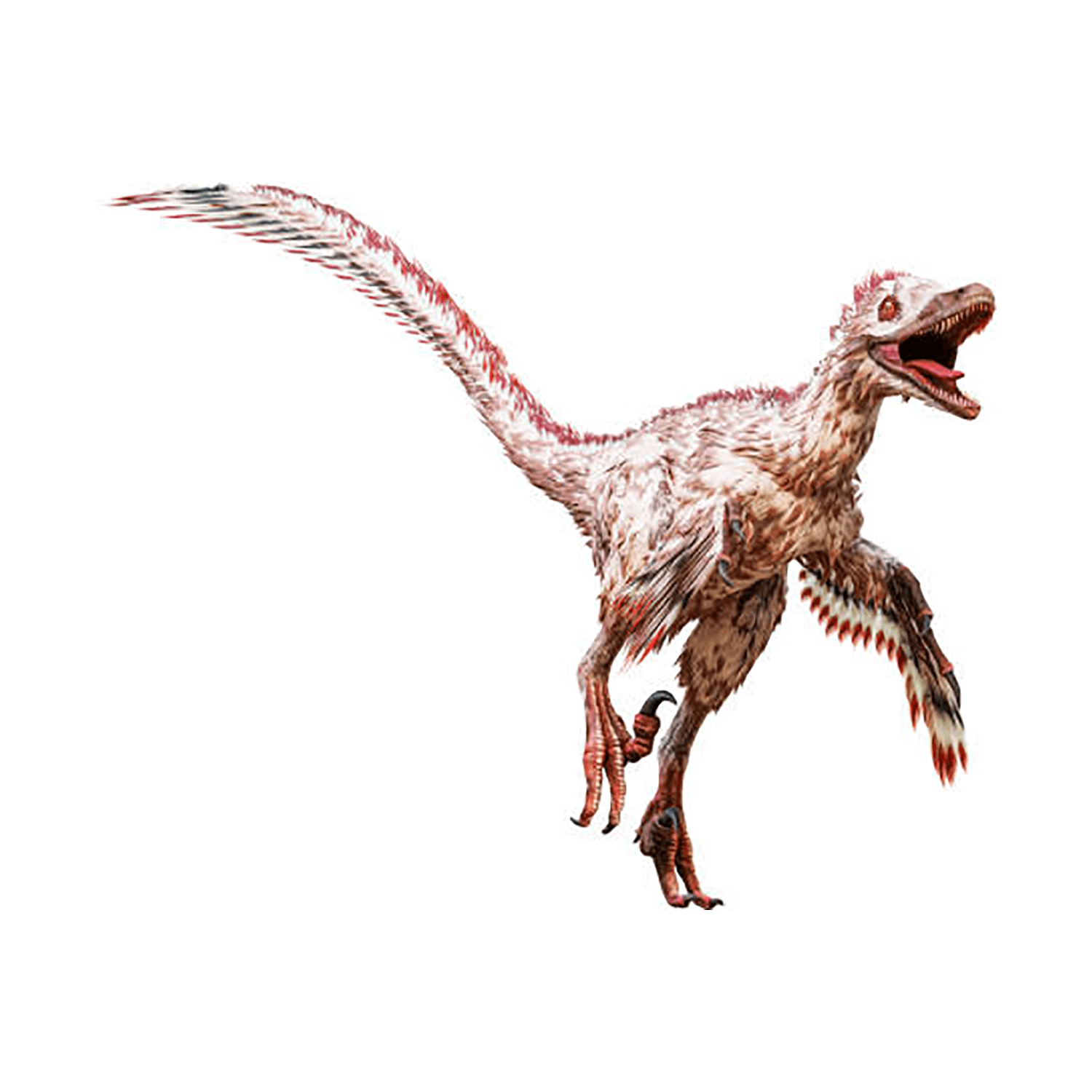

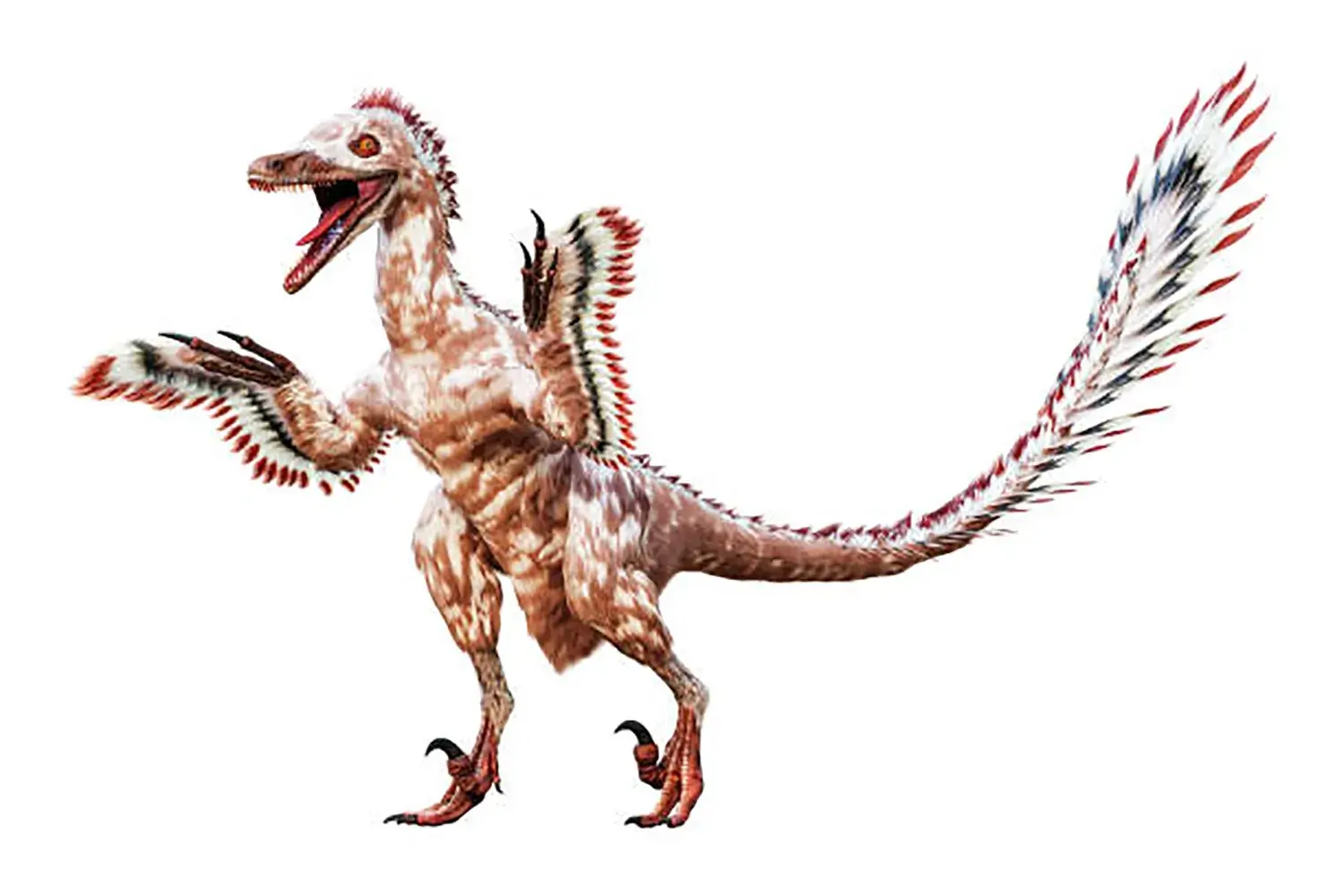
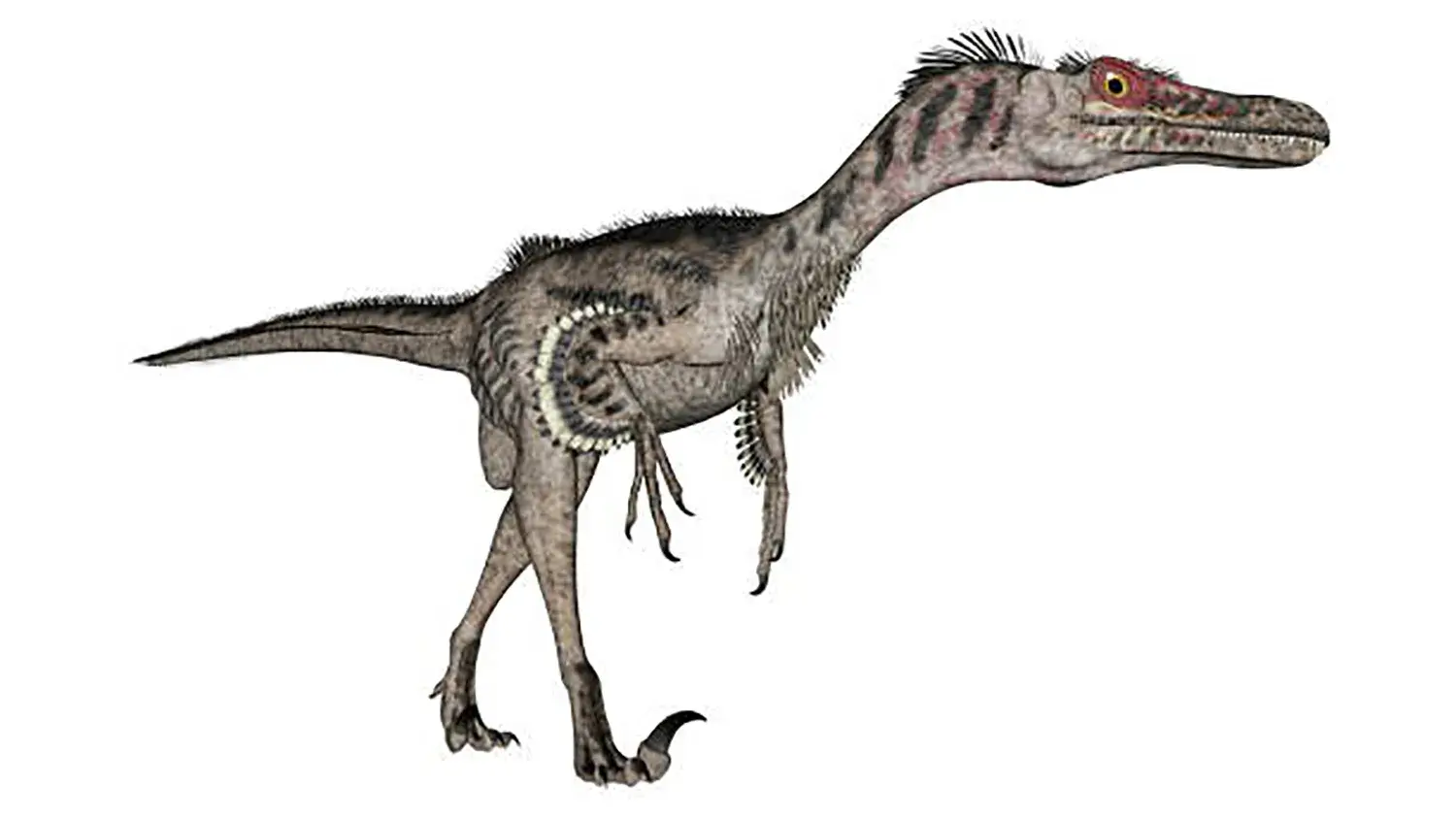
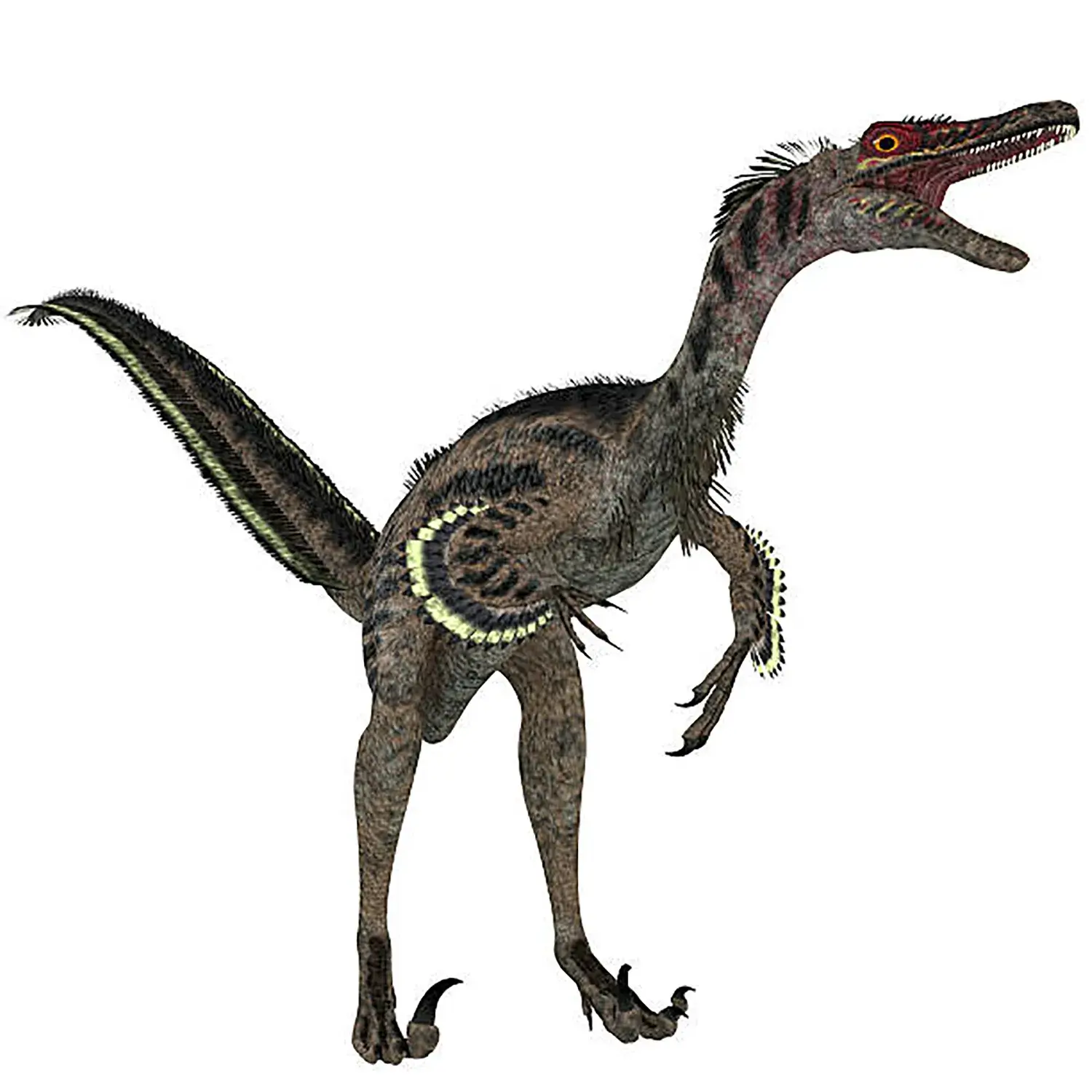
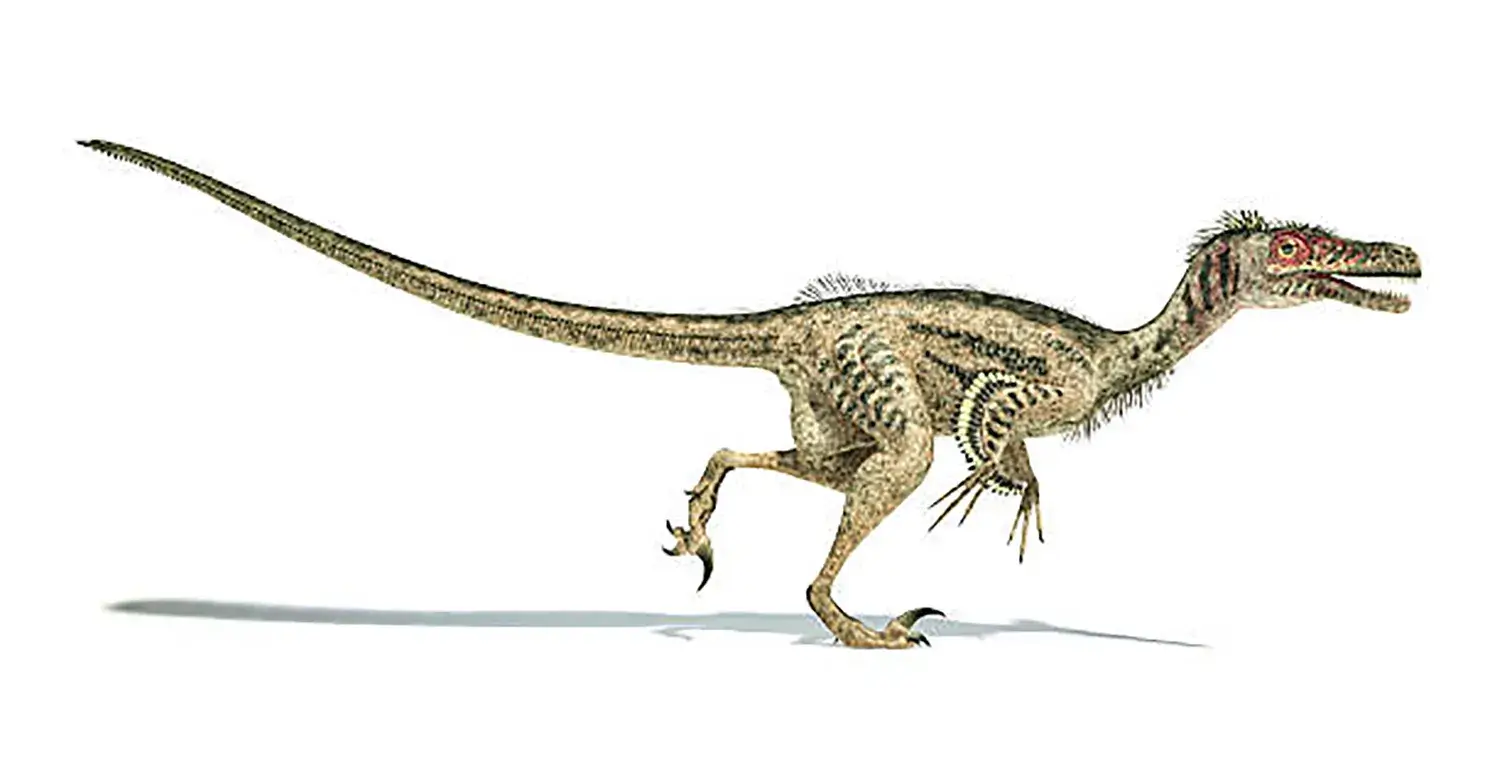
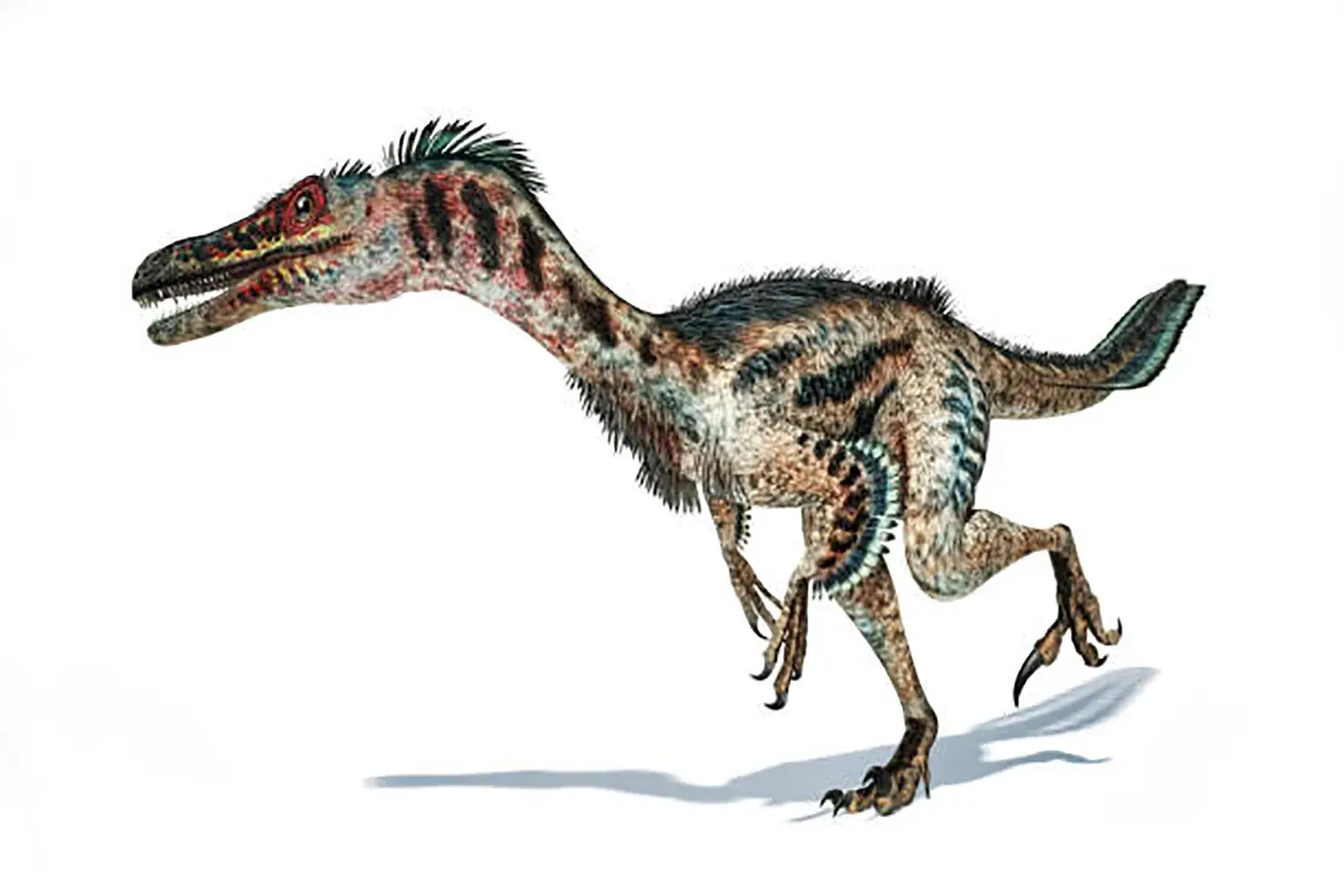
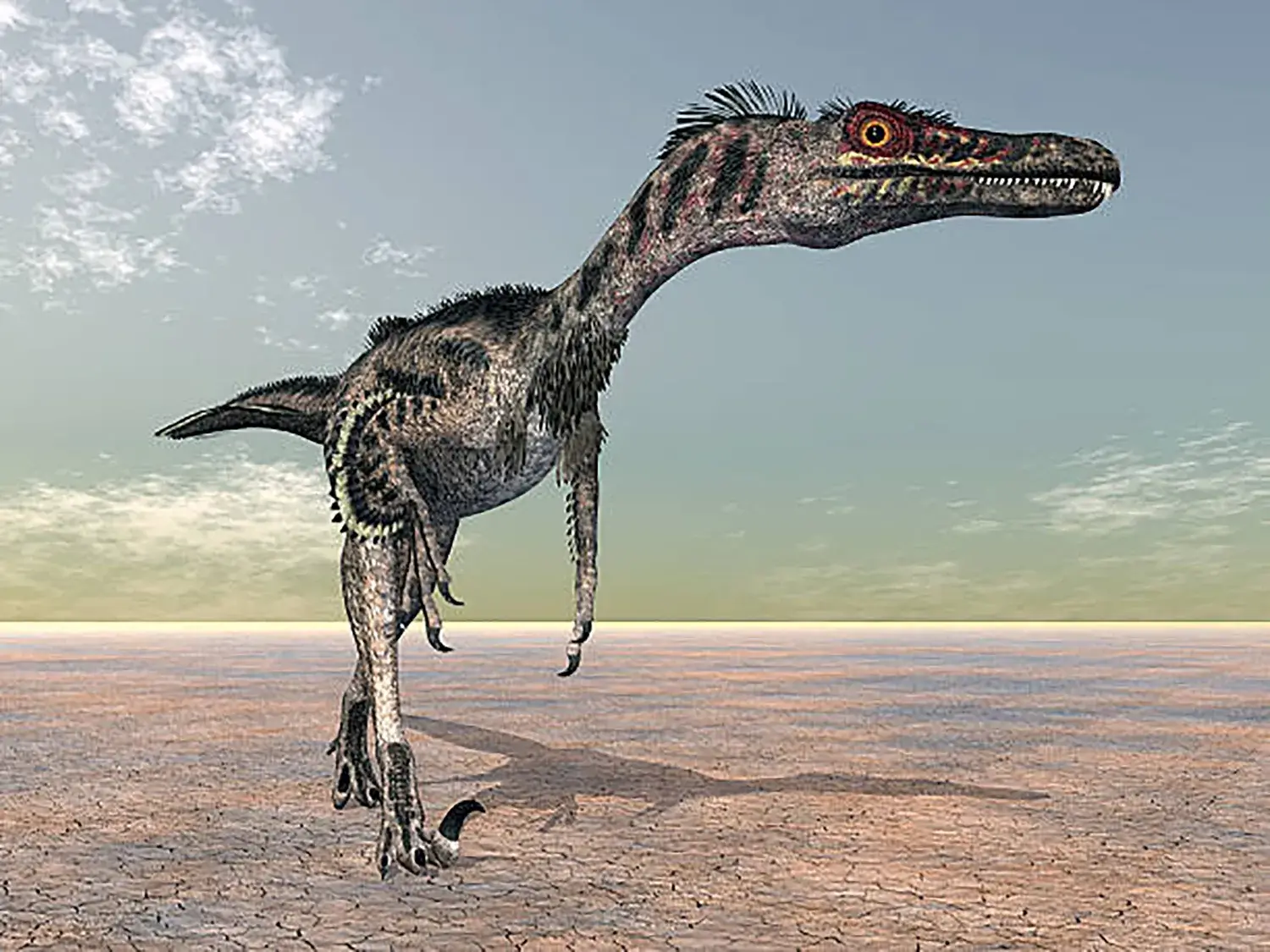

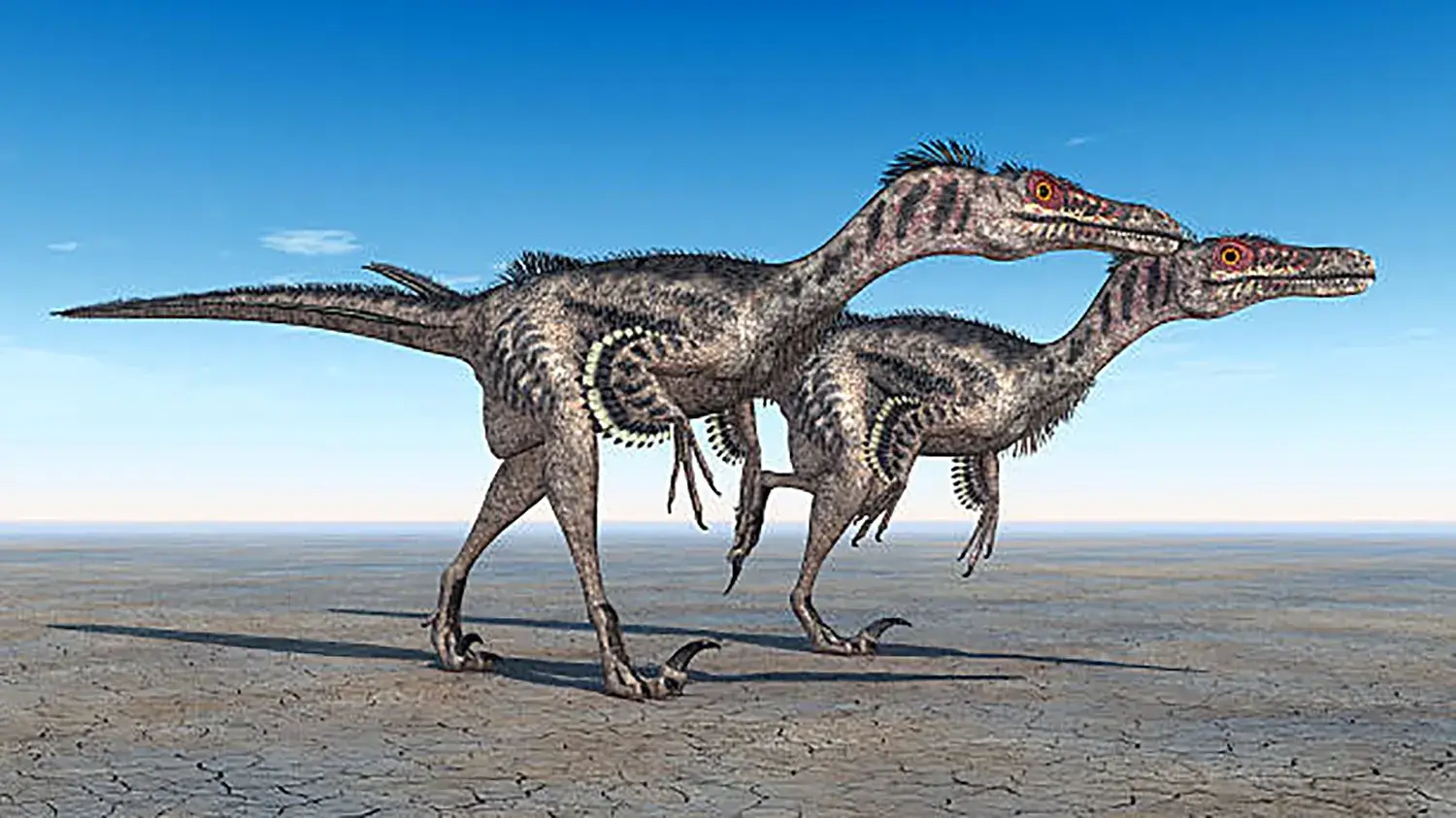
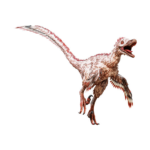
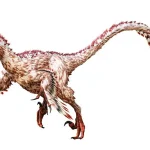

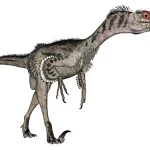




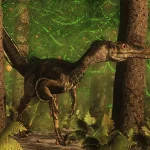

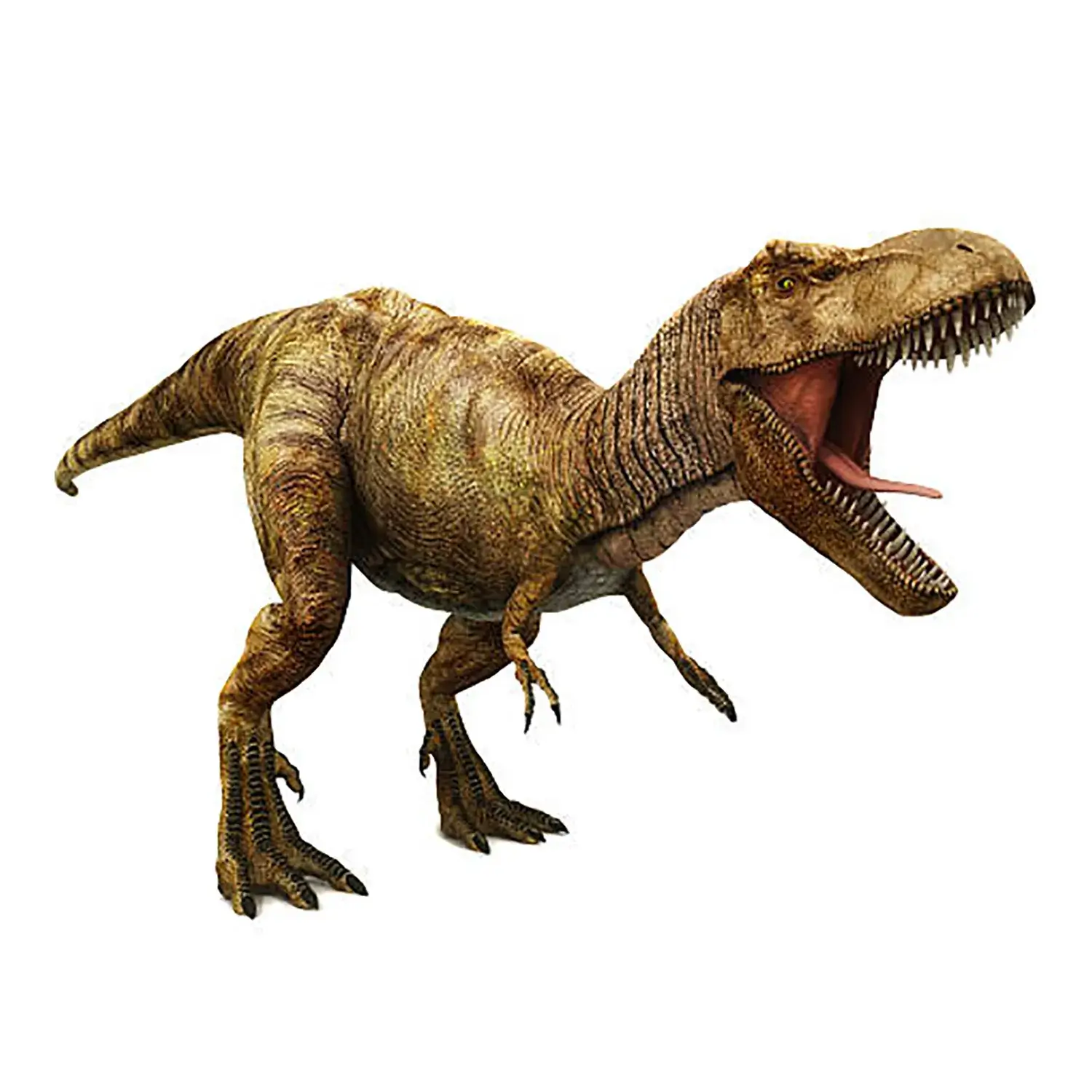
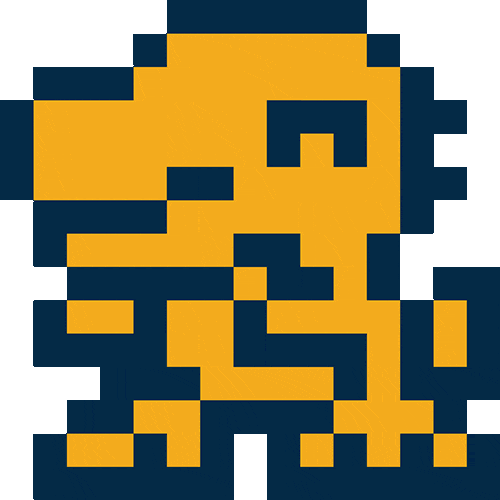


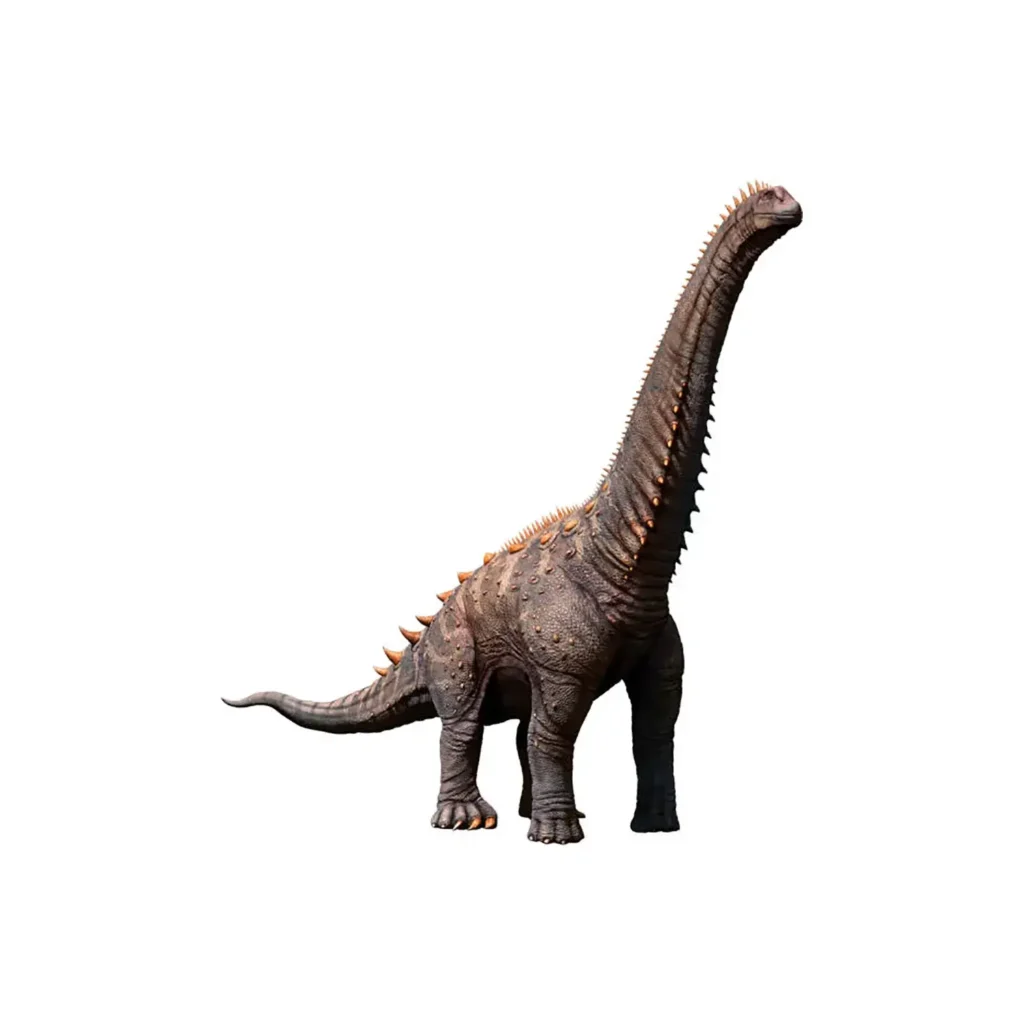
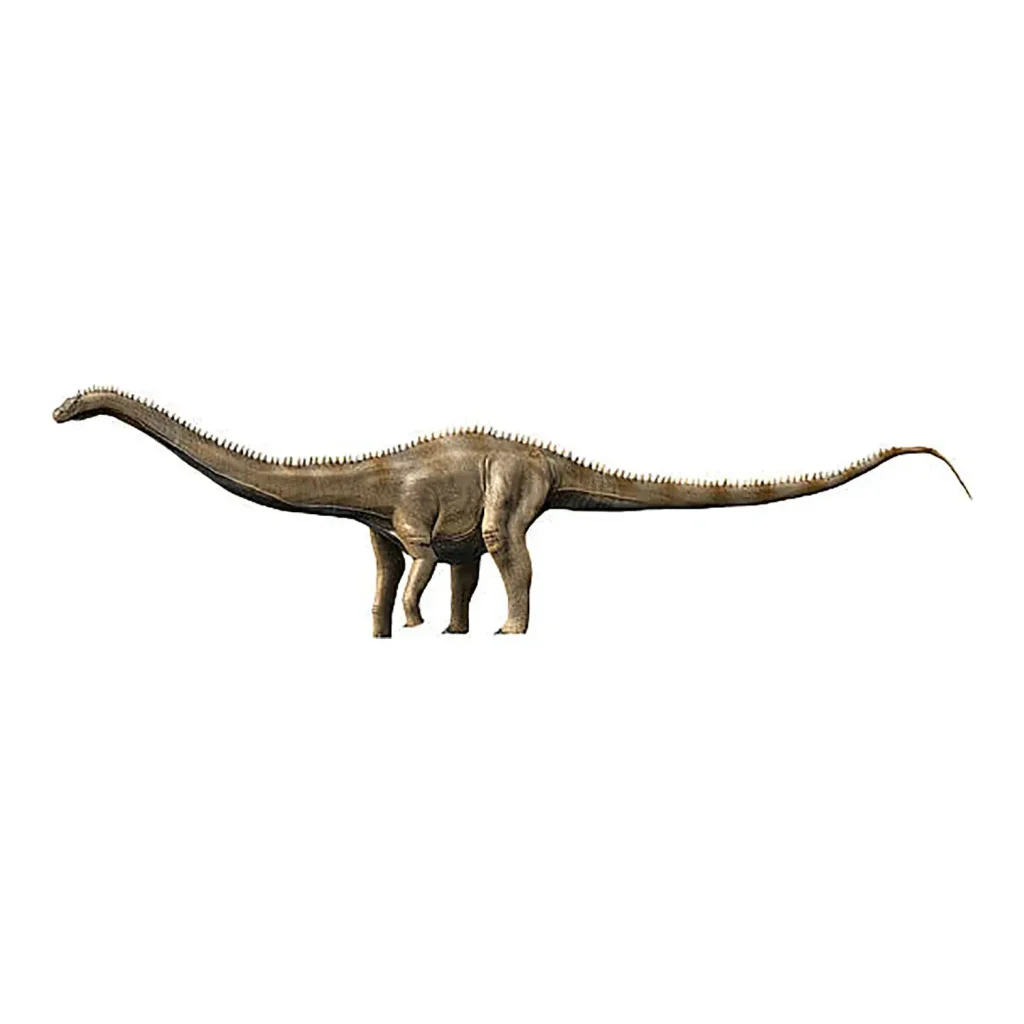
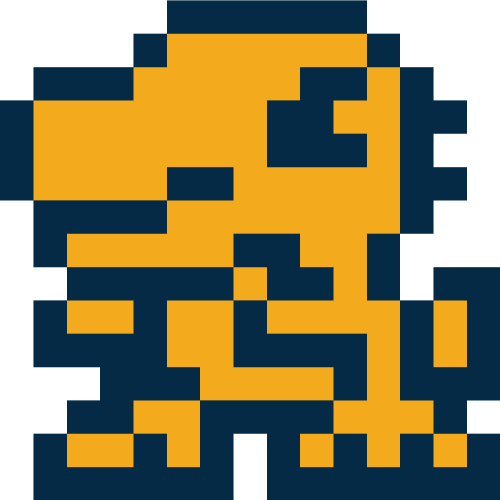
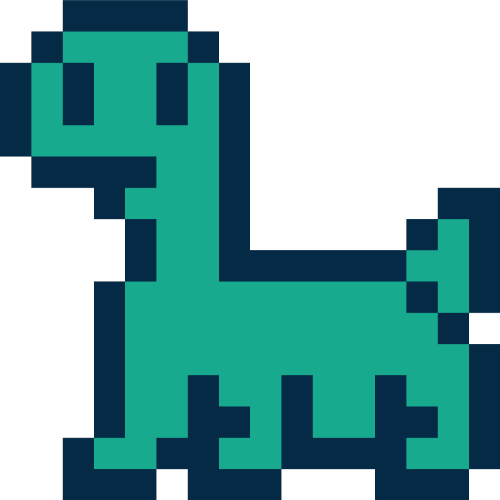
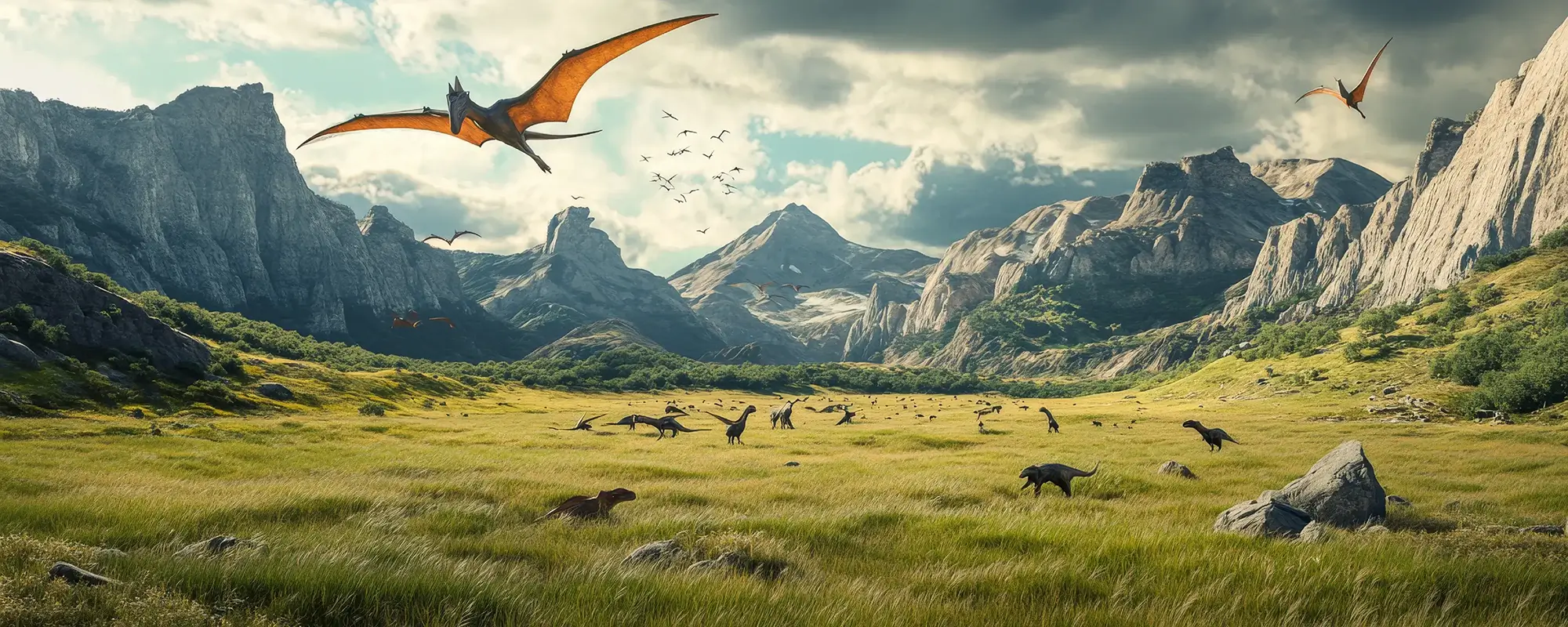



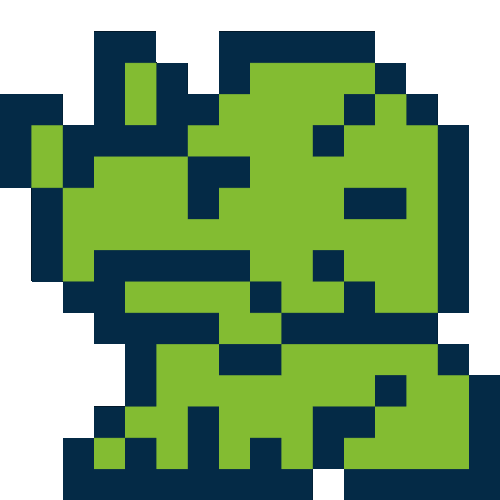
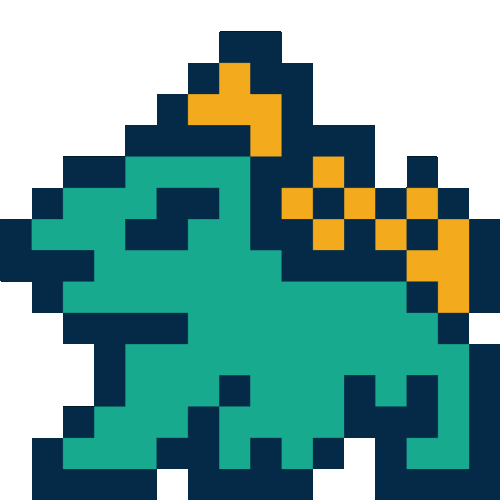
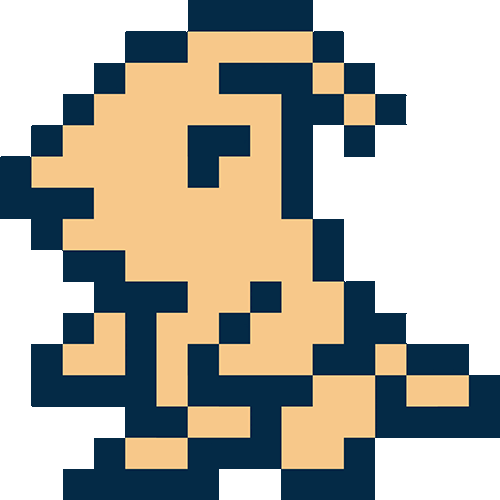

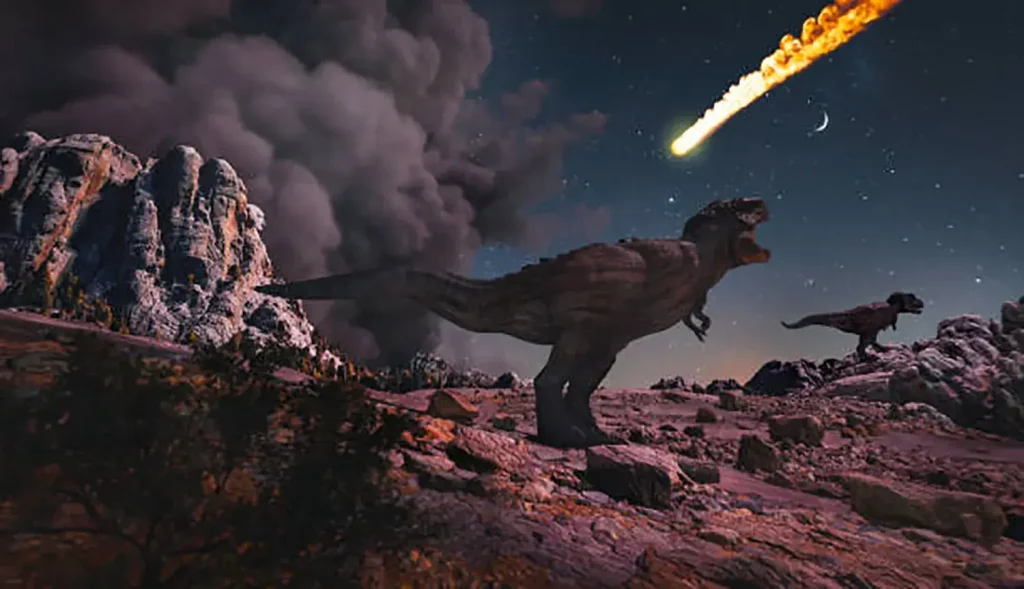
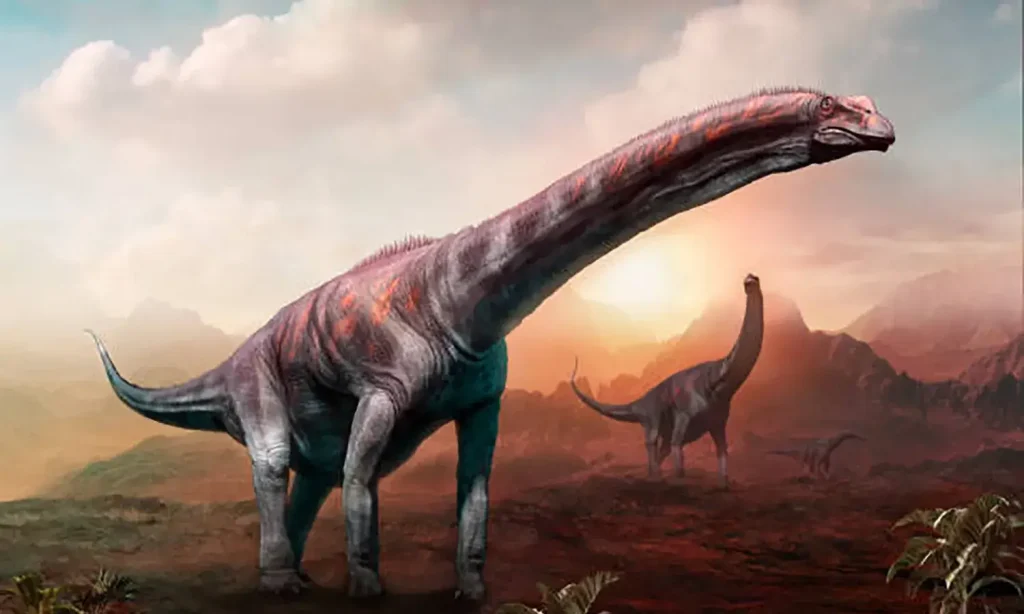
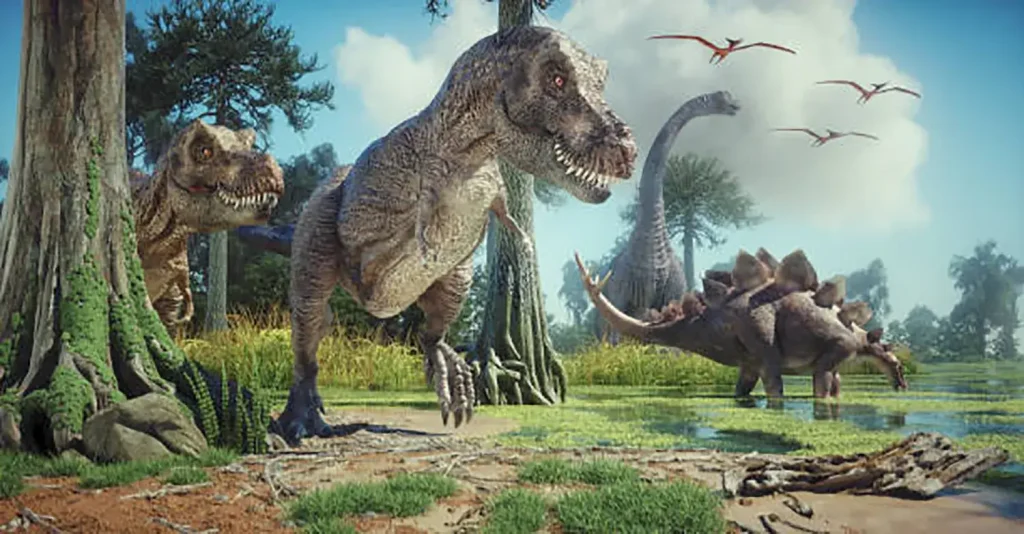
Description
Velociraptor is a small carnivorous dinosaur that became famous as an agile and intelligent hunter in the movie Jurassic Park.
Its name is a compound of Latin and English meaning “swift thief,” and it lived in the Late Cretaceous period in Asia, primarily Mongolia.
The Surprising Truth, Different from the Movies
Due to the influence of the movie, the image of a large, robust dinosaur that hunts in packs has become widespread, but these are all fictional creations for the film.
The real Velociraptor was an agile dinosaur with a slender build. It was only about 2 meters long and weighed just 15 kg, with a height that only reached a person’s waist.
An agile dinosaur with a slender build.
This is about the same size as a modern coyote or turkey, which is a stark contrast to how it was depicted in the movie.
Furthermore, no evidence of them hunting in packs has been found to date.
Most of the fossils that have been discovered are of solitary individuals, so it is believed that the team-based hunting shown in the movie did not happen in reality.
A Small but Vicious Hunter
While the movie’s depiction is fictional, Velociraptor was by no means a harmless creature.
Its physical features suggest that it was a small but vicious hunter.
Its long, crocodile-like snout was filled with a dense row of finely serrated, sharp teeth for tearing prey.
It also had sharp, sickle-shaped claws on both feet—a trait unique to the dromaeosaurids—which it used to inflict fatal wounds on its prey.
It had sharp, sickle-shaped claws on both feet.
It was known for its swift movements and is said to have easily reached speeds comparable to a car on a local road.
It is believed to have used this speed to prey mainly on eggs, juveniles, and smaller dinosaurs like Protoceratops.
In fact, a fossil has been found of a Velociraptor that appears to have died in the middle of a hunt.
An Intelligent Brain and Traces of Wings
Velociraptor’s brain was large for its body size, and it is believed to have been one of the most intelligent dinosaurs, alongside the Troodon family.
Its excellent eyesight also made it a creature that many other animals could not afford to underestimate.
Recent research has discovered quill knobs—the bumps that anchor flight feathers—on the bones of its forelimbs, confirming that it had wings.
It had wings on its forelimbs.
Although Velociraptor could not fly, it is believed to have been completely covered in feathers.
A Discovery of a Lifetime: The “Fighting Dinosaurs” Fossil
In 1971, in the Gobi Desert of Mongolia, a fossil was discovered of a Velociraptor skeleton locked in a fierce struggle with a ceratopsian, Protoceratops, with its claws still embedded in the other dinosaur’s body.
This “Fighting Dinosaurs” fossil continues to tell the story of a dramatic battle that took place some 73 million years ago.
Velociraptor is a fascinating dinosaur filled with mystery and romance not only in the world of fiction but in the real world as well.